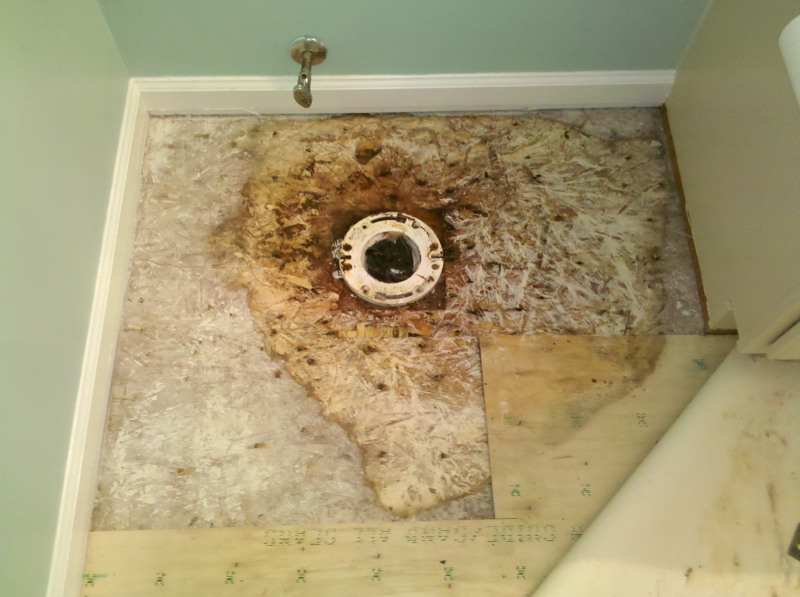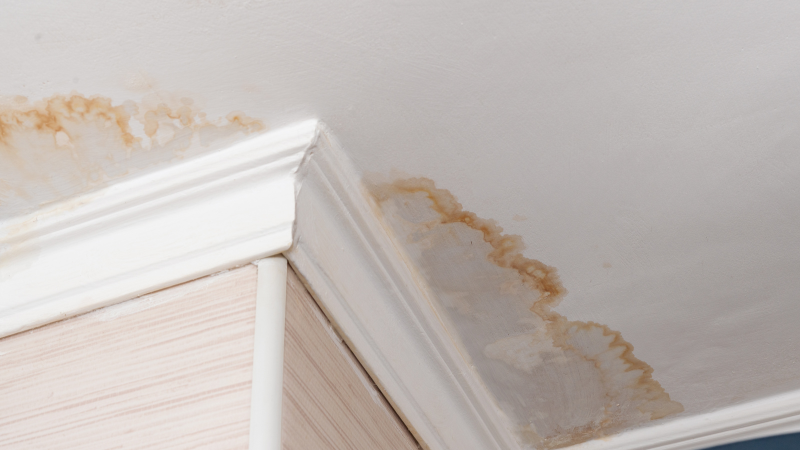Just How to Help Prevent Water Damage in Your Bathroom
Just How to Help Prevent Water Damage in Your Bathroom
Blog Article
What're your insights and beliefs about How to Prevent Bathroom Water Damage?

The shower room is very at risk for moist build-up as well as prospective water damage because of the constant use water in it. This article supplies simple inspection techniques to help spotting water damage dangers.
The regular use water in the washroom makes it very prone for damp build-up as well as prospective water damage. By examining it routinely, you can reduce water relevant problems.
The complying with set of evaluations is easy to do as well as ought to be done once in every three months in order to maintain your restroom in good shape and also to stop prospective water damages brought on by the bath tub, the shower, pipe joints and plumbing, sinks, cabinets, and also the bathroom
Do not forget executing these assessments as well as be comprehensive while executing them. Bear in mind that these easy inspections can conserve you a lot of money by giving very early indications for water damage
Bathtub and also Shower
The shower as well as bathtub call for unique attention and also maintenance. Check the floor tiles and change if split. Make sure that there is no missing grout in between the ceramic tiles. Inspect and also change broken caulking at joints where the walls fulfill the floor or the bathtub. Obstructed drains pipes and pipes troubles will prevent the bath tub from drying and also might indicate significant troubles below the bath tub. Talk to an expert immediately to prevent architectural damages. Focus on discolorations or soft locations around the tub walls as they might indicate an inner leak.
Plumbing
Signs for water damages are difficult to identify because a lot of pipes are set up inside the wall surfaces.
Pay special attention to floor covering and also walls dampness and spots as they might indicate an unnoticeable plumbing trouble. Check wetness degrees in adjoining spaces too.
Sinks and Cabinets
Sinks as well as closets are exposed to wetness and also humidity everyday and also are typically forgotten. Inspect on a regular basis under the sink and also on the countertop above it. Fix any kind of drip in the trap as it may recommend drainpipe problems. Check out the sink, sluggish draining pipelines may suggest an obstructed drain. Replace sink seals if they are fractured or loose.
The Bathroom
The commode is a vulnerable water joint. Examine the water lines and search for leakages around the toilet seat, in the hose pipe, and also under the water tank. If you discover any kind of indicators of dampness on the flooring around the toilet, check for leaks in the toilet rim as well as container seals.
Be aware that hanging toilet dish antiperspirants increases the chances for obstructions.
10 TIPS TO PREVENT WATER DAMAGE IN THE BATHROOM
The average household uses approximately 80-100 gallons of water per person per day. For a family of 4, that's almost 2,500 gallons of water a week! The largest portion of this consumption comes from bathroom use. Flushing the toilet uses the most water, followed by taking a shower or bath. With that much water running through the home, water damage in the bathroom is bound to happen. Knowing how to spot signs of a water leak is essential to preventing long-term damage. This guide provides you with tips to reduce the impact of water damage on your bathroom.
CAUSES OF BATHROOM WATER DAMAGE
Pipe breaks are the most common cause of water damage we see in our daily jobs. The age of a pipe plays a large role in a pipe break as well as corrosion. Over time, the metal begins to break down, allowing water to escape. Frozen pipe breaks are also a concern in the winter months. Toilet overflows caused by paper products or children flushing inappropriate items. Degraded caulking around the toilet or bathtub can allow water seepage, sometimes behind the fixture, into the subfloor or walls. Condensation forms when the water in a pipe is cooler than the air temperature. Beads of water form on the exterior of the pipes, sometimes so much so that the water begins to drip and pool below. Sink or shower backups created by poor drainage. HOW TO PREVENT WATER DAMAGE IN YOUR BATHROOM
Inspect your toilet supply line for worn or frayed hoses and replace them as needed. Winterize your plumbing to prevent a frozen pipe break. Use vent fans to prevent condensation that can lead to mold growth. Routinely check and replace degraded caulking around your toilet or bathtub. Increase the temperature in your toilet tank and insulate your pipes during the warm summer months to keep condensation from forming. Use child safety locks on the toilets. Flush only toilet paper. "Flushable" wet wipes are actually not good for your plumbing system. Additionally, feminine hygiene products should not be flushed. Prevent water from escaping the tub or shower. Make sure shower curtains are in good condition. Inspect shower doors and replace the seal strip if necessary. Wipe up any water that accumulates on the floor and use bath mats. Water left to sit can cause damage to the tiles and flooring. Refrain from using bath products containing heavy oils to avoid a clogged drain.

I stumbled upon that review about How to Fix a Water Damage Bathroom when doing a lookup on the search engines. Loved our blog posting? Please share it. Let someone else check it out. Thanks a lot for going through it.
Schedule Service Pickup Report this page